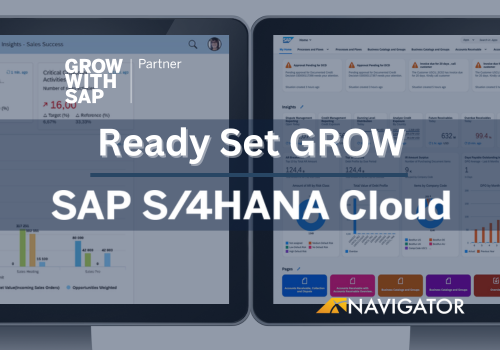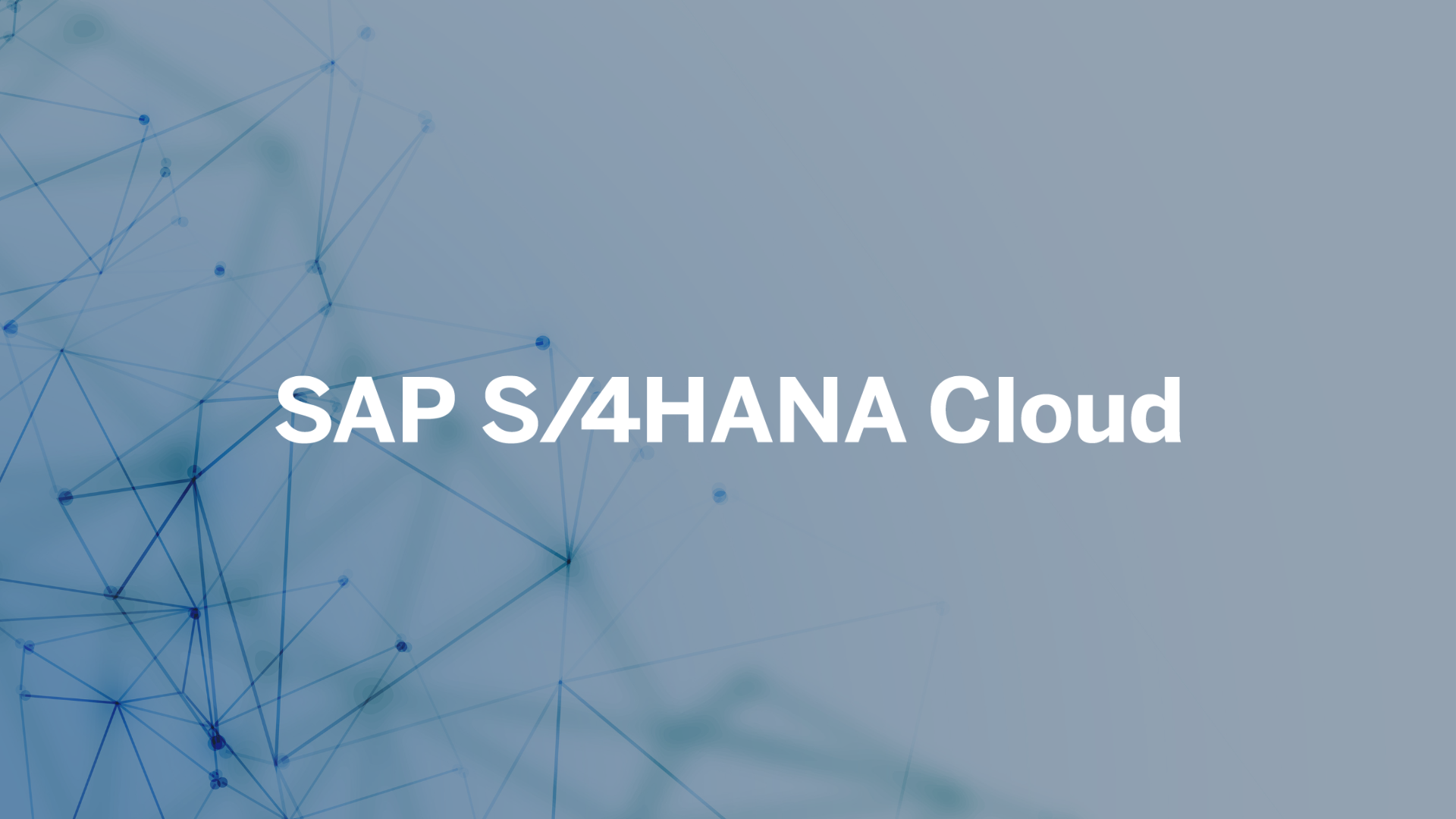SAP Business One is one of the premier enterprise resource planning (ERP) software solutions for small-to-medium-sized businesses. Created by SAP, the world’s largest maker of ERP software, it integrates and automates every aspect of your business—financial and accounting, operations, human resources, customer service, and more. The level of insight Business One gives your business makes this an investment well worth the price.
However, many ERP solutions today come with a choice you need to make: whether to run it on-premise or in the cloud. Business One is no exception since it has both cloud and on-premise versions.
We’ll run down the strengths and weaknesses of both options in order to help you make the right decision.
On-Premise vs. Cloud ERP: Which Is Better?
On-premise
Before the advent of cloud computing, on-premise was how all software operated. You bought a software package that came on a CD-ROM (or floppy discs, for the real PC veterans out there), installed it onto as many computers as the license allowed, and ran it from there. Many old-fashioned business owners still prefer to do things this way.
The main advantages of on-premise ERP software are greater control and security. Some businesses in niche sectors, such as biotech or life sciences, may wish to modify their systems to meet their unique needs. Others may have more confidence in the security of their own internal networks.
Cloud-based
However, rapid advances in cloud technology have largely rendered on-premise software obsolete. Cloud-based software, which is accessed through a web browser and hosted on a cloud server, comes with a host of strengths that SME owners might find much more advantageous.
Accessibility. On-premise ERP software can only be used on the computers where it’s installed. Cloud-based software can be accessed from any device with a web browser that’s connected to the internet. You can use it at home or while on vacation, and so can your staff while they’re in the field. And you would still be connected to e-commerce channels and online supplier networks wherever you are.
Affordability. Installing and running software on-site requires considerable upfront costs—potentially running into millions of dollars. A cloud solution, on the other hand, involves a much less expensive subscription fee. This means you can factor an ongoing operational cost into your budget, instead of forking out for a large initial capital expense. For a startup SME, this difference in cost can make a huge impact.
Less reliance on in-house IT. If you’re installing and running software directly on your internal computers and servers, you’re going to need an IT department large enough to handle both the initial installation and the inevitable (and perpetual) troubleshooting. That’s not the case with cloud-based ERP. Your vendor will provide their own maintenance and support, leaving you free to invest in staff that can actually help run and expand your business.
Speedier rollout. ERP software used to be something only large companies could afford to invest in, not just in terms of money but in time as well. Installing servers at multiple offices and software on possibly hundreds of individual devices could take up to a year or more. Cloud computing changed the game and made ERP available to SMEs by greatly reducing both the cost and time factors. Now, no matter the size of your company, you can roll out an ERP system in just a few weeks or months.
Security. Some businesses still stick to on-premise software because they believe their data will be more secure under their own control. But in truth, a cloud solutions provider probably has much higher-level security measures than the average SME can afford. Furthermore, software updates are a lot faster and more smooth when your cloud provider just needs to roll out the update on their own servers instead of your IT team laboriously downloading it to every one of your devices—and you won’t need to pay extra for it, either.
Flexibility and scalability. Unless your business is in a truly unique niche, cloud-based ERP software can offer you all the flexibility you need. Modern ERP packages are modular and adaptable to the needs of almost every type and size of business. They can also be easily integrated with third-party systems due to their flexible architecture. And if you need more storage, adding it is a breeze and doesn’t involve you worrying about hardware.
It should be clear by now that the cloud offers a number of advantages over on-premise software when it comes to ERP. There are exceptions where a business might want an on-premise solution, but those cases are few.
For more help with evaluating and selecting the right ERP solution for your business, download our free ERP Evaluation Guide or contact one of our consultants at (801) 642-0123 or info@nbs-us.com.








